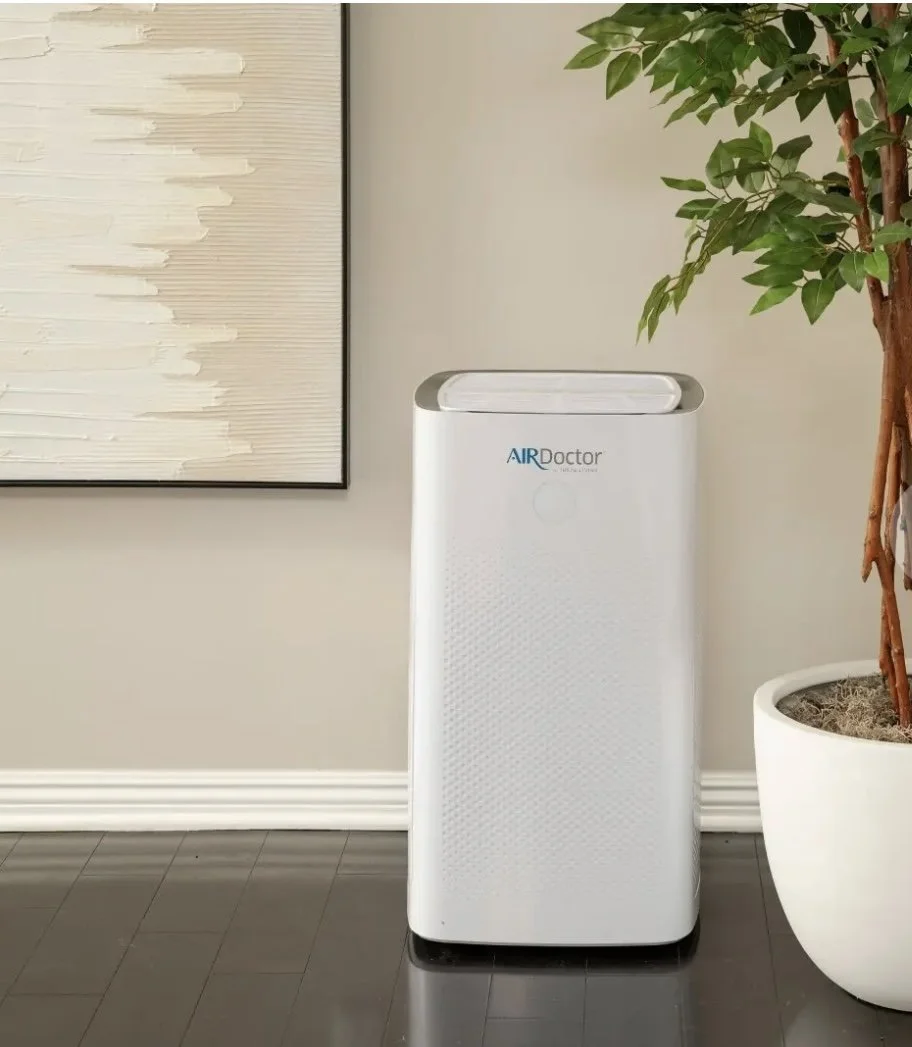Particulate Cleaning After Minor Mold Remediation
Particulate Cleaning After Mold Remediation
Particulate cleaning refers to the process of removing fine particles that remain on surfaces after mold remediation.
Here is what has worked for me after small, localized remediation:
1. Wear Protective Gear
Wear a N95 respirator or higher-level mask.
Use gloves, eye protection, and disposable coveralls (optional).
The cleaning should be done by someone other than the ill individual.
2. Cover Electronics, Vents, Heat Pumps, and Other Air Intakes
Before starting the cleaning process, cover all electronics to prevent damage
Also cover vents, heat pumps, and other air intakes to prevent mold spores from circulating through the system.
Tip: Use plastic sheets or tape to seal off these areas to minimize the spread of spores during cleaning.
The HVAC system or heat pumps should have been cleaned during remediation. If not, please consult with someone in your area qualified to do this.
3. Vacuum with a HEPA Filter
Use a vacuum with HEPA filtration to capture fine particulates from floors, upholstery, and surfaces.
Tip: Always seal the vacuum bag or container tightly to avoid re-releasing particles into the air.
4. Fog with EC3 Mold Solution
Use a fogger with EC3 Mold Solution to treat hard-to-reach areas and reduce airborne mold spores.
Tip: This step targets areas that may be missed during regular cleaning.
5. Wipe Down Surfaces with EC3 Spray
Spray EC3 Mold Solution on a microfiber cloth and wipe down all surfaces, including furniture, baseboards, walls, and appliances.
Tip: EC3 helps reduce mold spores while disinfecting surfaces.
6. Vacuum Again with a HEPA Filter
Vacuum again after wiping down surfaces to ensure any remaining particulates and spores are captured.
Tip: This double-vacuuming method ensures thorough cleaning by capturing any lingering spores. Ideally, filters would be replaced, not just washed after.
7. Use an Air Scrubber or Air Purifier
Air scrubbers filter large volumes of air, removing mold spores and dust.
Use air purifiers with HEPA and carbon filters to capture spores, dust, and VOCs.
8. Monitor Humidity Levels
Keep humidity levels below 50% using dehumidifiers and good air circulation.
Tip: Regularly check humidity levels, especially in mold-prone areas like basements and bathrooms.
9. Post-Cleaning Testing
Let dust collect for a few weeks and do an ERMI: https://www.envirobiomics.com/?ref=15890
Hiring a qualified inspector is also advised.
10. Details on Moldy Belongings
Deciding whether or not to keep or toss items depends on:
Severity of Mold Growth
Type of Item
Potential Health Risks
Low-Risk Items:
Hard, Non-Porous Surfaces:
Clean with a mold solution like EC3 or a non-toxic commercial mold cleaner.
Rinse well and dry completely.
If the mold persists, discard.
Clothing and Washable Fabrics:
Pre-treat with a mold remover like EC3 then wash in hot water with EC3 Laundry Additive and OxyBoost.
Moderate-Risk Items:
Shoes and Purses:
Clean with mold cleaner, focusing on seams and crevices. Let dry completely, consider replacing heavily contaminated items.
Books and Paper:
Air out in a sunny, well-ventilated area for several days. If the moldy smell persists, discard.
Electronics:
Wipe down with a damp cloth and mold cleaner- make sure moisture doesn’t end up inside the device.
High-Risk Items:
Mattresses, Pillows, Upholstery, Carpets, Rugs:
These are highly absorbent and often have deep-seated mold that's difficult to remove completely. Discard.
Food and Food Containers:
Discard any moldy food immediately and wash containers thoroughly.
If heavily contaminated, discard the container.
11. PRODUCTS
Microbalance Health- EC3 is my go-to product for cleaning mold. My link and code BYEMOLD will give you 15% off. ORDER HERE.
Vacuum:
Shark offers vacuum cleaners with HEPA filters and sealed systems to trap spores, dust, etc.
Air Scrubber or Air Purifier
Air Scrubbers: These are designed to filter large volumes of air, capturing mold spores and dust. They work well for improving the overall air quality during and after the cleaning process. Hardware stores and Amazon carry these.
Air Purifiers: Use air purifiers with HEPA and carbon filters to capture mold spores, dust, and VOCs. These are ideal for continuous air cleaning after remediation.
High end brands with more advanced filtration or technology are: Air Doctor, IQ Air, Air Oasis, Jaspr Pro, Austin Air. More affordable brands would be Shark and Levoit. Some offer better filtration and more advanced technology than others. I encourage you to do your own research and choose the one that suits your needs and budget.
My personal top choice for air purifiers is the Air Doctor. AirDoctor is a trusted, well established brand that’s been around for years. It uses a 3-stage system with an UltraHEPA® filter that captures particles as small as 0.003 microns, including mold spores, dust, pet dander, smoke, viruses, bacteria, chemicals, and odours. It also features a built-in air quality monitor. And my favorite part? A fully sealed system, so once contaminants are trapped, they stay there, not released back into the air. SHOP HERE .
EC3 from Microbalance Health
15% off with my link
AIR DOCTOR
Save hundreds with my link.
Disclaimer: This is a general guideline based on tips and strategies that have worked for me after small, localized remediation. I also follow these steps a couple of times a year as a general maintenance practice. This blog is not a substitute for professional advice. I recommend consulting with a certified mold remediation specialist to ensure safe and effective cleaning for your specific situation. This blog may contain affiliate links, meaning I may earn a commission if you make a purchase through these links, at no additional cost to you.




